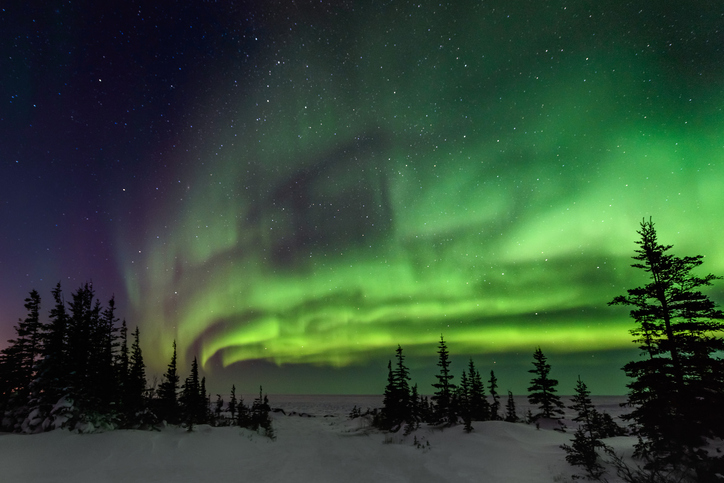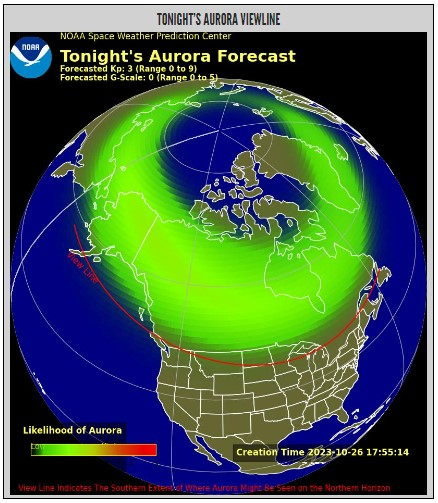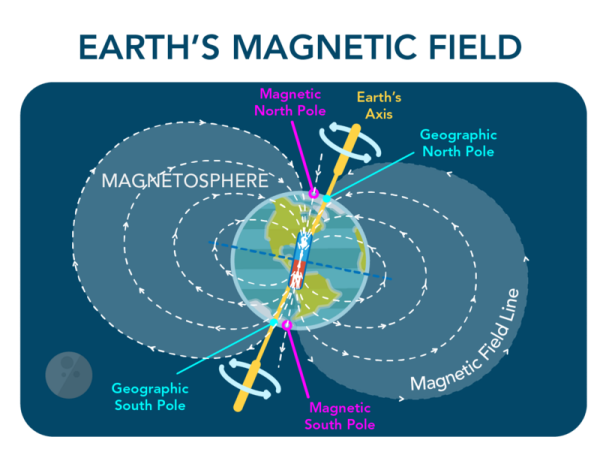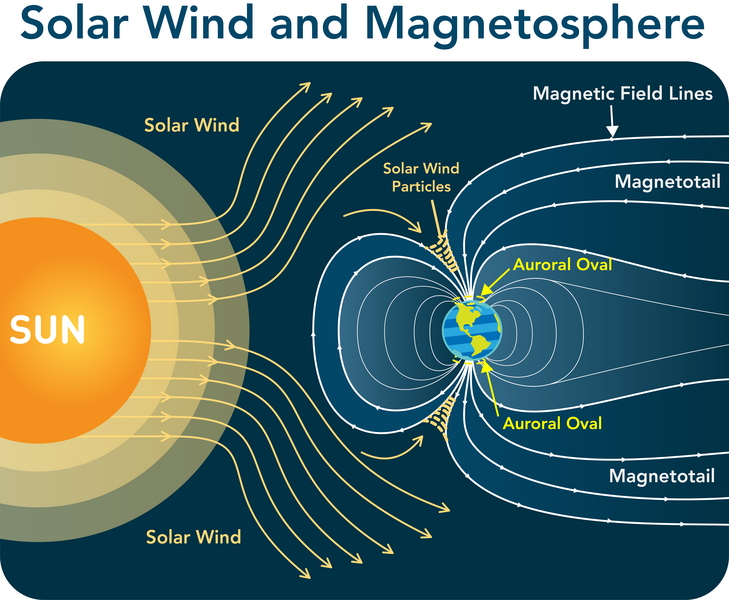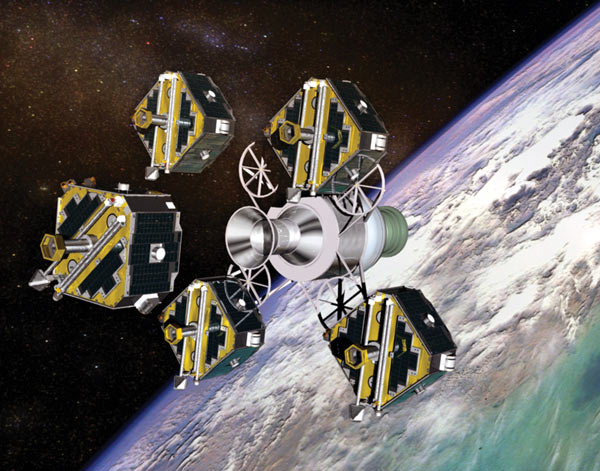Auroras: Spectacular Light Shows
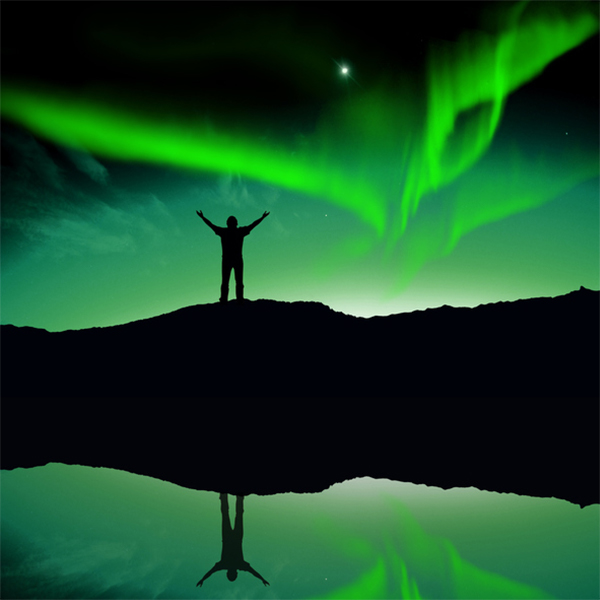
Silhouette of person in front of aurora (erandalx, Getty Images)

Silhouette of person in front of aurora (erandalx, Getty Images)
6.0
How does this align with my curriculum?
BC
9
Science Grade 9 (June 2016)
Big Idea: The biosphere, geosphere, hydrosphere, and atmosphere are interconnected, as matter cycles and energy flows through them.
YT
9
Science Grade 9 (British Columbia, June 2016)
Big Idea: The biosphere, geosphere, hydrosphere, and atmosphere are interconnected, as matter cycles and energy flows through them.
BC
11
Earth Sciences 11 (June 2018
Big Idea: The transfer of energy through the atmosphere creates weather and is affected by climate change.
NB
12
Sciences de l'environnement 12e année - 54411 (version 2007)
4. Air et pollution atmosphérique
YT
11
Earth Sciences 11 (British Columbia, June 2018
Big Idea: The transfer of energy through the atmosphere creates weather and is affected by climate change.
YT
12
Physics 12 (British Columbia, June 2018)
Big Idea: Forces and energy interactions occur within fields.
